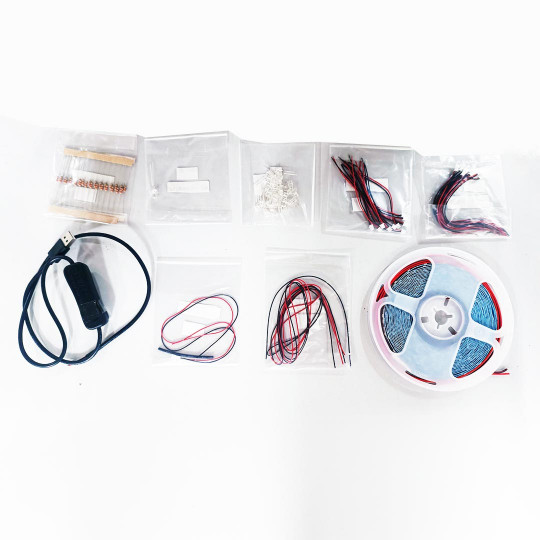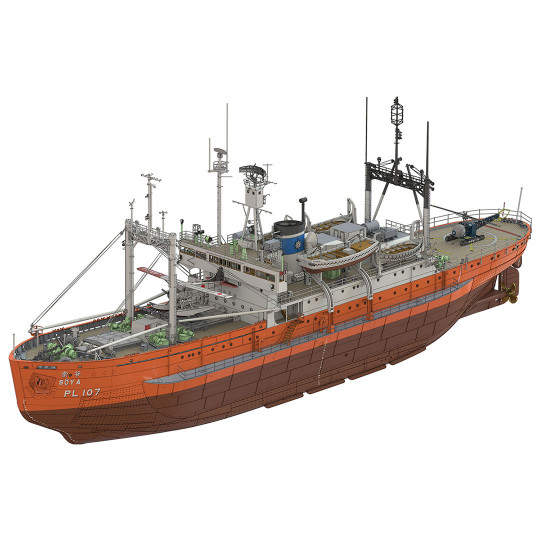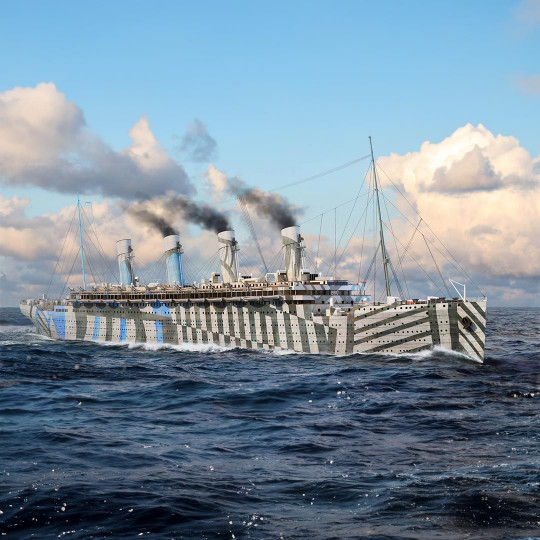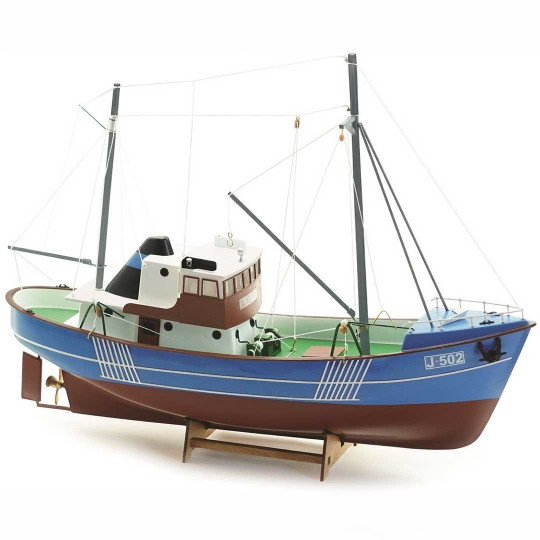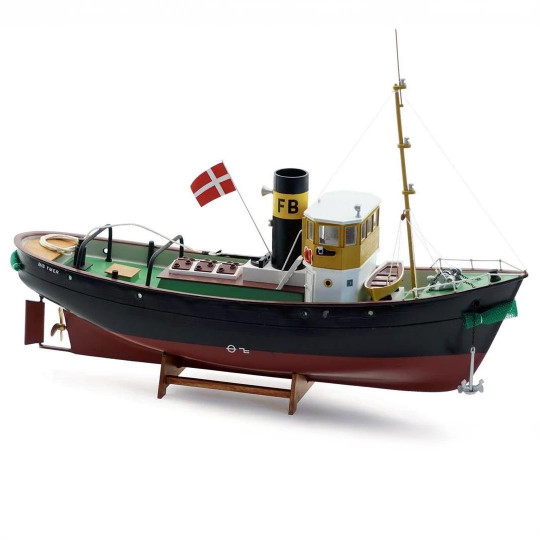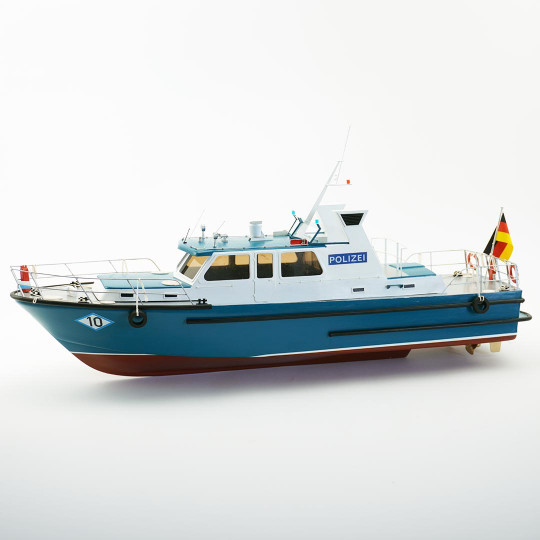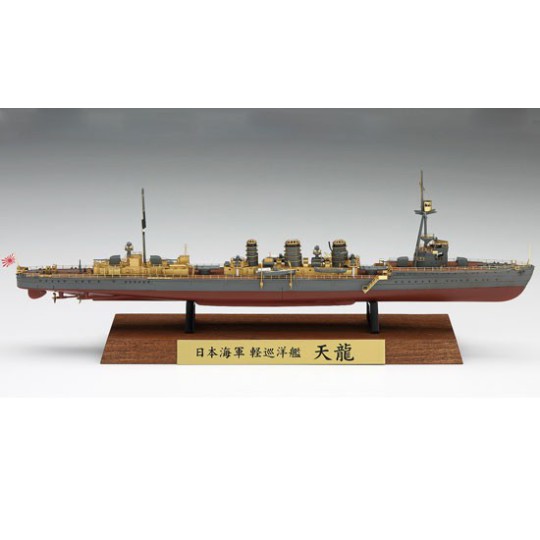362 Products
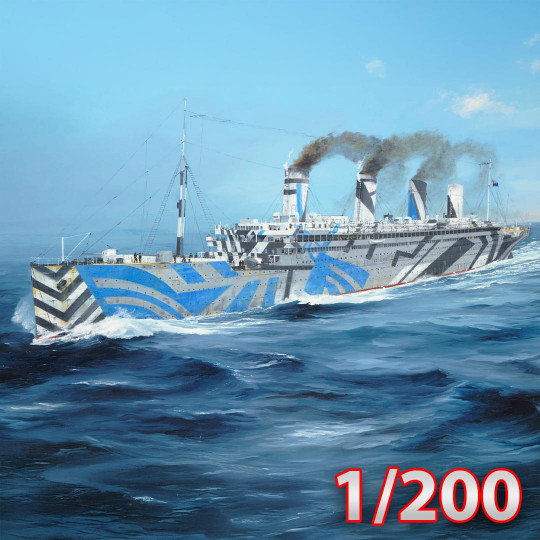
-
-€100.00
-
Promotion
-
Novelty
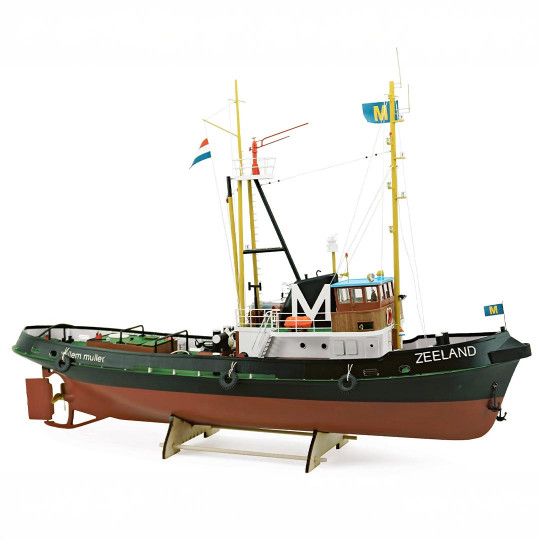
-
News to come
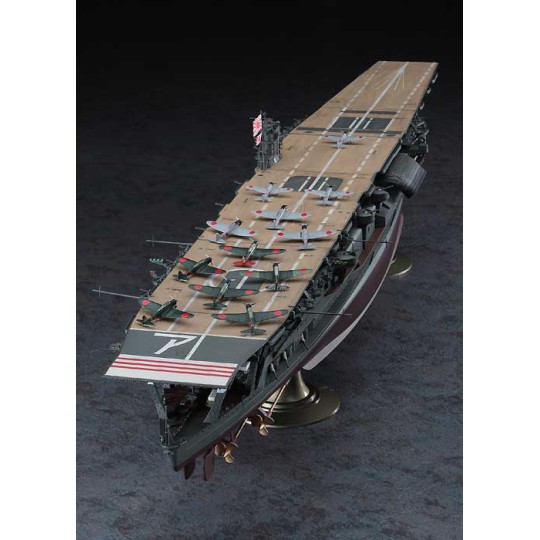
-
-€20.00
-
Promotion
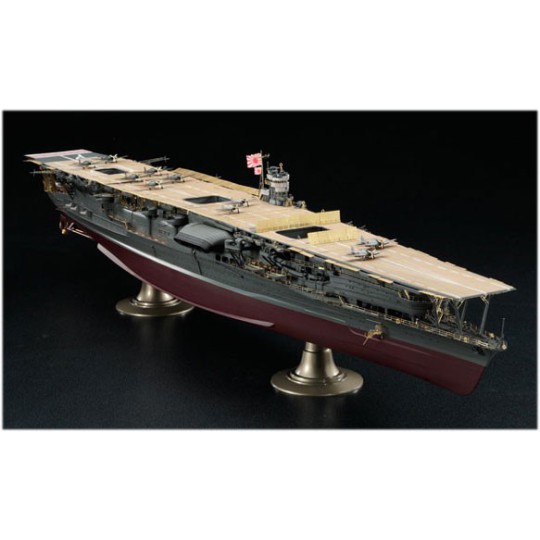
-
-6.25%
-
Promotion
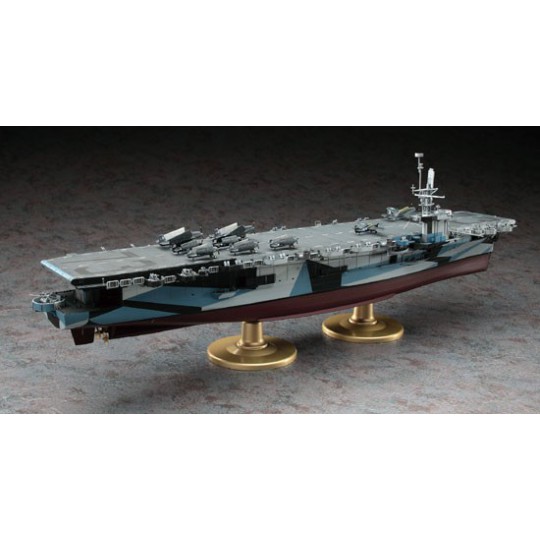
-
-€15.00
-
Promotion

-
Promotion
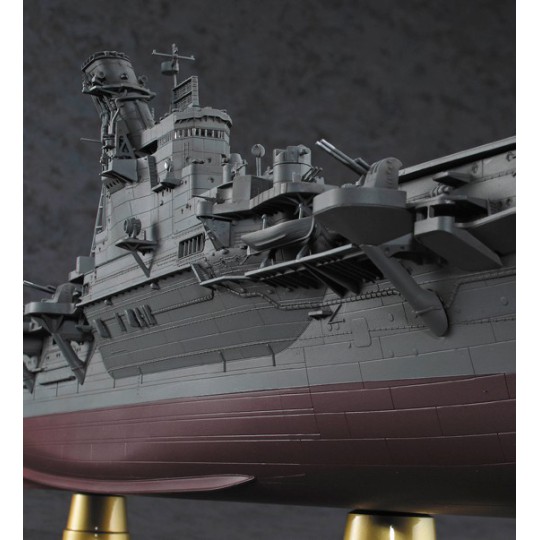
-
-€10.00
-
Promotion

-
-€14.00
-
Promotion
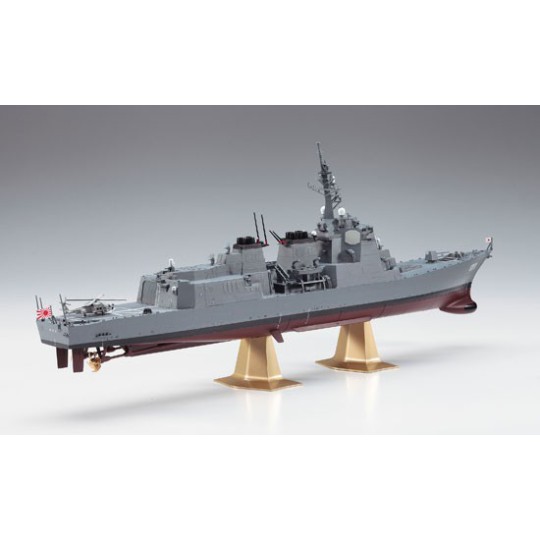
-
-€18.00
-
Promotion
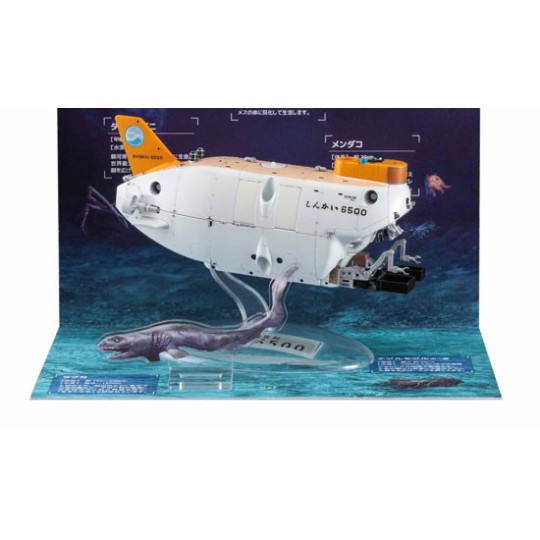
-
-25%
-
Promotion
Plastic model ship: how to choose and successfully assemble it
If you've always dreamed of building a miniature ship but don’t want to dive into the complexity of wooden models, a plastic model ship is an excellent alternative. Whether you're a beginner or a seasoned model enthusiast, assembling a plastic ship requires precision, patience, and a touch of ingenuity. But where should you start? Which model should you choose? What pitfalls should you avoid? Here, I’ll guide you through everything you need to know to get started with confidence.
Why choose a plastic model ship?
You may be wondering why opt for a plastic model instead of a wooden one. The answer lies in several key advantages. First, plastic models are more accessible, both in terms of price and difficulty. Unlike wood, which often requires meticulous sanding and demanding assembly techniques, plastic models allow for a quicker and more precise build.
Another advantage is the sheer variety of models available. From modern aircraft carriers to historical galleons, submarines, and famous cruise ships, there’s something for everyone. Additionally, manufacturers now offer increasingly detailed kits, with finely molded parts that ensure a highly realistic final result.
Finally, maintenance is much simpler. There’s no need to varnish or treat the material against humidity—a simple dusting is enough to preserve the model’s appearance.
How to choose your plastic model ship?
Choosing the right model depends primarily on your skill level and preferences. If you're just starting, it's best to begin with a simplified kit that includes a limited number of parts and clear instructions. Some kits are specifically designed to help beginners avoid common mistakes and gradually learn the basics of model building.
Scale is also an important factor. The larger the scale (e.g., 1/350), the smaller the ship, making it easier to assemble. Conversely, a scale of 1/200 or 1/100 will offer a larger model, but it will require more patience and precision.
The quality of plastic varies from one brand to another. Some manufacturers produce impressively detailed parts with flawless molding, while others may have issues with fit and alignment. To avoid unpleasant surprises, it’s always best to check reviews from experienced modelers before making a purchase.
Finally, consider the type of assembly. Some models use a snap-fit system without glue, which is perfect for beginners. Others require precise gluing and may even include photo-etched parts or resin elements for an ultra-detailed finish.
The best brands of plastic model ships
Not all brands are created equal, and some are renowned for their high-quality models. If you're looking for a good starting point, here are some top recommendations:
- Hobby Boss: Kits suitable for all skill levels, with well-designed and accessible models.
- Academy: A trusted brand known for excellent part fit and finely detailed models.
- Hasegawa: Ideal for military ship enthusiasts, offering highly precise reproductions.
- Italeri: A great selection of historical and military ships with a refined finish.
- Trumpeter: Specializes in large-scale models, perfect for those who enjoy technical challenges.
Steps to assembling a plastic model ship
Before jumping into assembly, it's crucial to prepare your workspace properly. A clean, well-lit work area with all your tools within reach will make the process much smoother.
- Check the kit’s contents: Ensure that all parts are present and correctly molded. Some may require minor trimming for a perfect fit.
- Detach and sand the parts: Avoid snapping pieces off the sprue too forcefully, as this can damage them. A nail clipper or precision cutter works well, followed by gentle sanding to remove mold lines.
- Assemble and glue carefully: Use glue designed for plastic models, apply sparingly, and always test-fit pieces before gluing them permanently.
- Paint parts before assembly: For a cleaner finish, it’s often best to paint certain parts before the final build. Acrylic paints dry quickly and are easy to apply.
- Add final details and apply decals: Use tweezers and decal setting solutions to prevent air bubbles and ensure a smooth application.
Tips and tricks for a successful build
Even though model building requires patience, a few key tips can help you avoid common mistakes.
- Never force a part into place—it could break or misalign the entire model.
- Apply glue in very small amounts, using a toothpick or a fine applicator, to avoid unsightly excess.
- Test paints on a scrap piece of plastic before applying them to the model to check the color and finish.
- Always use a protective clear coat to seal the paint and achieve a realistic finish (matte, satin, or glossy depending on the ship type).
- Take your time and follow the manual’s steps carefully, without rushing.
Displaying and maintaining your plastic model ship
Once your model is complete, it would be a shame to let it collect dust on a shelf. The best way to showcase it is in a display case or on a custom stand. If you want to go even further, creating a diorama with a realistic maritime setting or a dock can enhance your model’s visual appeal.
Maintenance is relatively simple. Regular dusting with a soft brush will keep the model in perfect condition. Avoid placing it in direct sunlight, as this can cause colors to fade over time.
An accessible and rewarding hobby
Building a plastic model ship is both a test of patience and a rewarding experience.
Regardless of your skill level, every model brings its share of discoveries and challenges, making each project unique.
If you're just starting, take the time to enjoy each step and experiment with different techniques to improve your skills.
Who knows—your first model might be the beginning of a lifelong passion for naval modeling!




